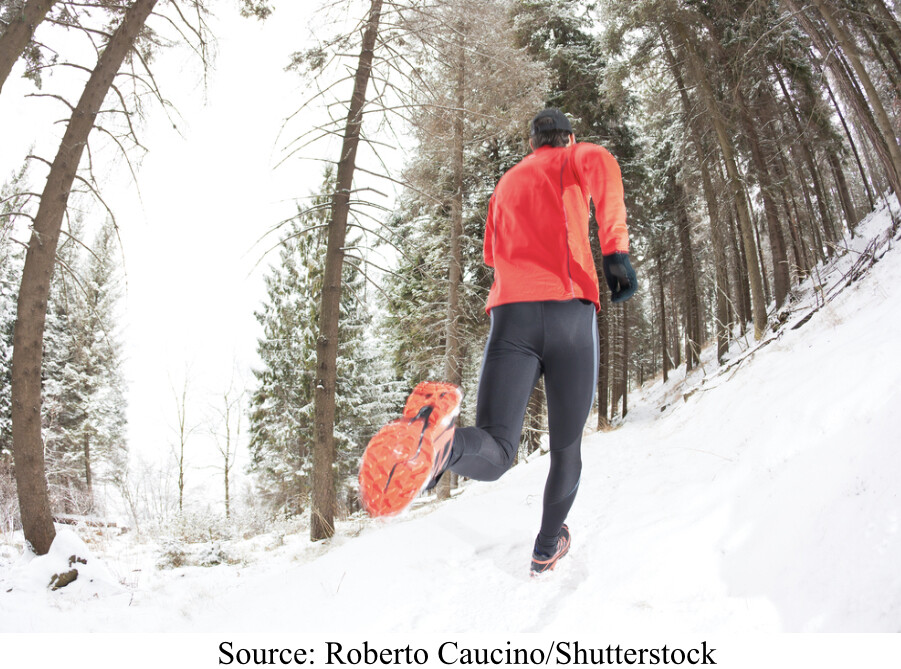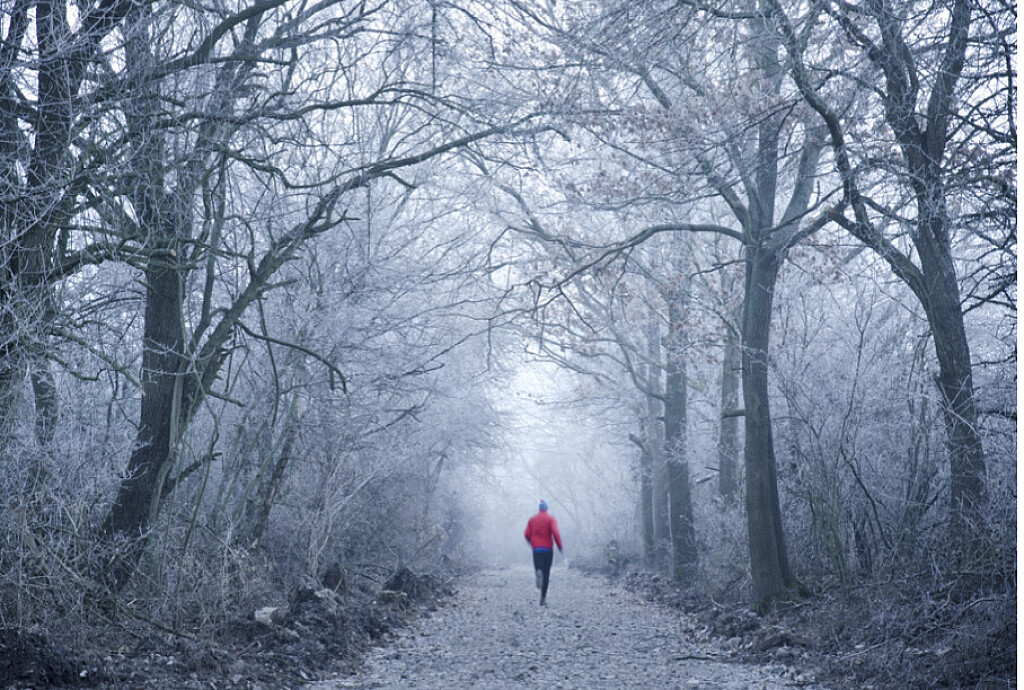Running News Daily
Running News Daily is edited by Bob Anderson. Send your news items to bob@mybestruns.com Advertising opportunities available. Train the Kenyan Way at KATA Kenya and Portugal owned and operated by Bob Anderson. Be sure to catch our movie A Long Run the movie KATA Running Camps and KATA Potato Farms - 31 now open in Kenya! https://kata.ke/
Index to Daily Posts · Sign Up For Updates · Run The World Feed
How to Properly Prepare for a Cold Run
Winter is almost here. It feels wild to think about. You were just finishing your summer long runs, drenched in sweat and tired as a dog, and now you’re shivering the second you step out the door and see snowflakes falling from the sky. How do you stave off those shivers? How do you properly prepare for a cold run?
While your first inclination may be to say, “Screw this!” and head back inside and bundle up under a blanket, you should get back outside. Running in the cold is actually beneficial for overall health, giving you headspace among those cold, clustered winter months. But it’s only good for you as long as you properly prepare for your run.
From warming up inside to wearing medical alert jewelry while out of the house, here are the simple ways you can prepare for a cold run — and stay safe while doing so.
1. Warm up inside
The best thing you can do prior to a cold-weather run is to warm up indoors. A pre-run warm-up should always be an essential, as it will help loosen up your muscles to prevent injury. This should involve stretching, but maybe not the type you’re thinking of.
Static stretching can actually hurt your muscles, as you’re essentially stretching them while still stiff. Instead, you should do dynamic stretching, stretching that involves full-body movement. This will help get your blood pumping, which, in turn, will help your muscles loosen up prior to your run to come.
After doing some dynamic stretching, you can even hop around for a bit. It may sound strange, but it will put some light stress on your muscles. By hopping around for a few minutes, you can properly prepare your muscles for the miles you intend to take down.
2. Lace up with waterproof shoes

Runners know that proper footwear matters. But shoes designed for your gait and pronation only go so far in the winter. You also need shoes that are built for winter weather.
Winter running shoes tend to have two features:
● Rugged outsoles designed for added traction
● Waterproof yet breathable material to keep your feet cool and dry
Traction is a must, especially with black ice out on the road. While you may love wearing your Hoka Cliftons year round, you’re going to want a shoe that provides more friction while running on roads and trails in winter.
3. Remember to bundle up
You also need to dress the part to tackle a cold-weather run. Windproof running clothes are your best option, as they’ll protect your skin against that stiff, sharp wind without causing you to overheat, as waterproof clothing tends to do. This can include a windproof jacket and windproof pants.
However, you should have a waterproof jacket and pants for snowy weather. Moreover, merino wool socks will go a long way to keeping your feet warm and dry during the winter. And even if your feet happen to get wet, the wool socks will help pull moisture away from the skin, keeping major calluses at bay.
4. Don’t overdress
While you may feel compelled to throw on seven layers for that 15 degrees Fahrenheit day, you should reconsider. A good rule of thumb to remember is to dress as if it’s 10 degrees Fahrenheit warmer out than it is.
Why? Your body is going to warm up once you start running. That means what felt comfortable once you first left the house will suddenly feel like too many layers after running just two miles. For instance, for a 30-degree day, you’ll still want to wear a hat, gloves, thicker socks, windpants, a t-shirt and a wind jacket. However, you won’t need that extra long-sleeve shirt above your t-shirt and below your jacket.
5. Remember your hat and mittens
Now that we mentioned it, here’s your reminder: don’t leave home without a hat or mittens. The problem with running in cold weather is that your extremities are open to the surroundings. A hat and a pair of gloves can really protect you.
Better yet, it’s not a problem if you have to ditch them at some point — like if you feel your head or hands sweating. You can just take them off and either carry them or stuff them in your pants or jacket. Simple as that.
6. Hydrate before
Just because it’s cold doesn’t mean you’re not going to sweat. You still need to hydrate before your run. While you may not be sweating as much as you do in the summer, your body is still going to be burning calories. Honestly, it might be burning more than in the summertime, especially if you’re still running at the same mile-pace, as your body will be using energy to keep you warm.
So drink a glass of water at least 30 minutes before your run. While you’re at it, have a carb-loaded snack to get that kick of energy you need.
7. Wear medical alert jewelry
Running in the winter does pose some dangers. There’s frostbite, black ice, cars losing traction and more. You shouldn’t leave home without a personal safety device. For runners, that’s as simple as wearing an Apple Watch medical alert ID. If an accident were to happen, you’ll be able to inform strangers of your name and medical information, keeping you safe in the face of a medical emergency.

8. Know your route ahead of time
Planning your running route ahead of time is a must, especially for the winter. Knowing where you’re going ahead of time will allow you to safely finish your run — avoiding streets you shouldn’t be going down, roadways that may be dangerous and more. Moreover, you can tell family and friends what route you’ll be taking, in the event that you get injured and you can’t get in touch with them.
This winter, take your time before heading out the door for your cold-weather run. Make sure you’re dressed properly and have everything you need. After that, happy running!
Login to leave a comment




